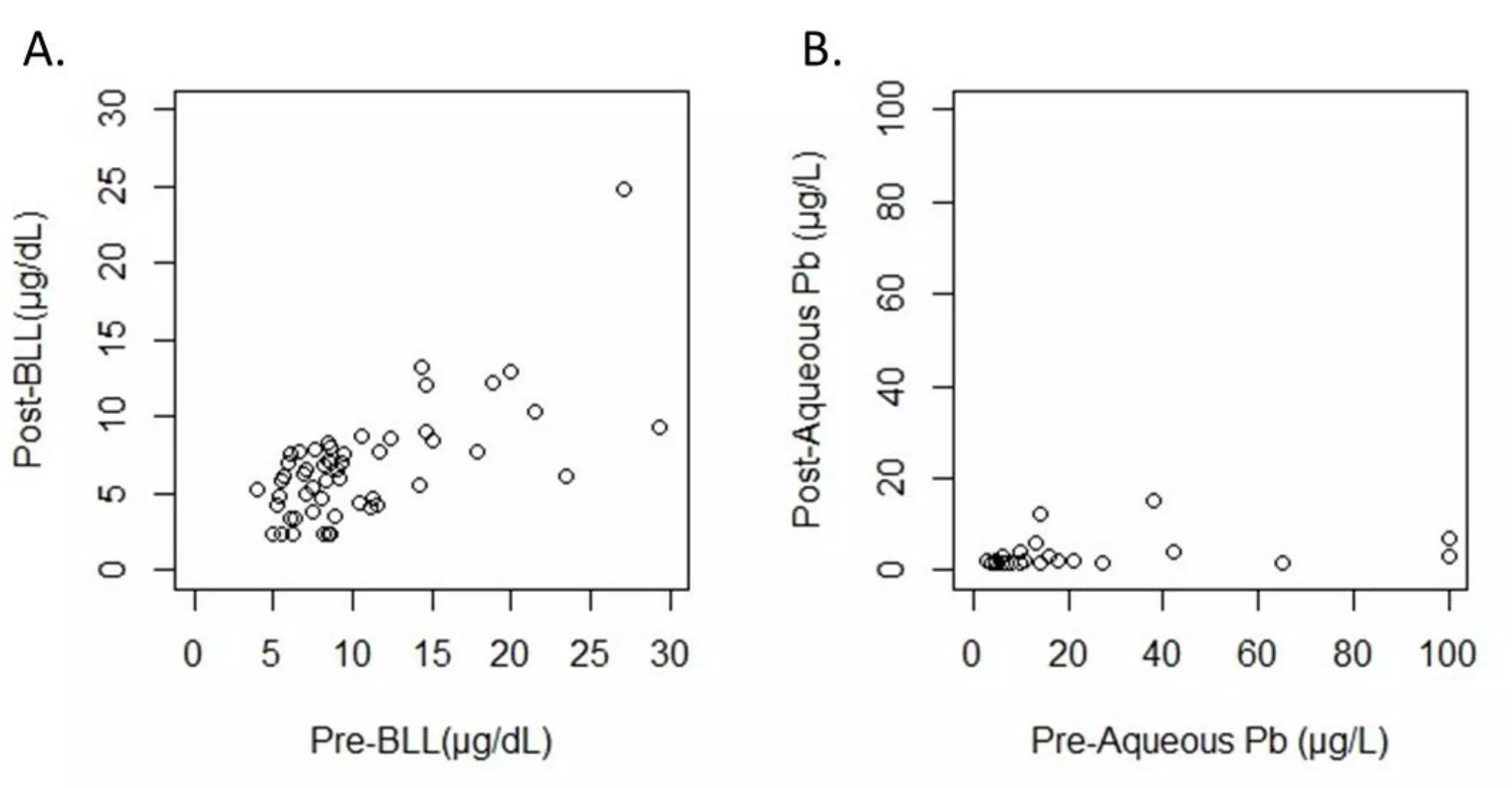Lead is a global environmental pollutant responsible for more than 1 million premature deaths each year. In Toamasina, Madagascar, lead exposure has become a significant concern, especially for children. A multidisciplinary team from the University of South Florida (USF) has taken on the challenge of reducing lead exposure in this region through a combination of engineering solutions and public health interventions.
During their research trip to Toamasina, USF researchers, led by James Mihelcic, found a surprising source of lead contamination – locally manufactured water pumps. These pumps, which are the primary source of water for three-quarters of the coastal area, contained lead concentrations that far exceeded the World Health Organization’s recommended limit. Some samples even contained more than 10 times the recommended amount of lead.
Pioneering a Comprehensive Approach
Recognizing the urgency of the situation, the USF team, including Adaline Buerck and Mahmooda Khaliq Pasha, developed a comprehensive approach to address the lead exposure issue. Their strategy involved both replacing lead components in some pumps and educating the technicians responsible for manufacturing and repairing the pumps.
With a small grant, Mihelcic and Buerck managed to replace lead components in 500 pumps. Although this was just a fraction of the total pumps in Toamasina, it was a crucial first step. By removing the leaded pump components, they significantly reduced the risk of lead contamination in the water supply.
Empowering Technicians Through Education
Recognizing the limitations of replacing all the pumps, the team turned to social marketing techniques to create a more cost-effective and impactful plan. Khaliq Pasha spearheaded the effort to educate the technicians responsible for pump manufacturing and repair about the dangers of lead and the benefits of producing lead-free pumps. By imparting this knowledge, the team aimed to create a ripple effect, impacting a larger population.
To ensure the technicians could effectively remove and replace leaded pump components, the team worked closely with local staff. They built their capacity and skill set through training sessions and hands-on work on the pumps. This collaborative effort ensured that technicians understood the importance of producing lead-free pumps and had the necessary skills to implement these changes.
Measuring the Impact on Blood Lead Levels
To evaluate the effectiveness of their intervention, the USF team collaborated with local health practitioners to measure the blood lead levels of children who consumed water from the pumps. The results were promising. Out of the 55 children tested, 87 percent experienced a significant decrease in blood lead levels after the leaded components were replaced. This finding highlights the potential of targeted interventions to mitigate lead exposure in communities.
The success of this study magnifies the urgent need for greater consideration of lead in drinking and cooking water. In low- and middle-income countries like Madagascar, where regulations and understanding of lead’s harmful effects may be lacking, addressing this issue becomes even more critical. The findings from Toamasina emphasize the social aspects of public health and the need for multidisciplinary approaches to tackle complex environmental challenges.
The work done by the USF team in Toamasina showcases the power of collaboration between engineers, public health experts, and local stakeholders. By combining their expertise, they were able to make a significant impact on lead exposure, ultimately improving the health and well-being of the affected community. Continued efforts and investment in similar initiatives are vital to create a safer and healthier future for populations facing lead exposure worldwide.
The team of engineers and public health experts from the University of South Florida is making a significant difference in Toamasina, Madagascar, by addressing the issue of lead exposure. Their comprehensive approach, which focuses on both replacing lead components in water pumps and educating technicians, has yielded promising results. By reducing the blood lead levels of the children tested, the team has demonstrated the importance of addressing lead exposure and the need for greater awareness in low- and middle-income countries. This collaborative effort serves as a model for future interventions, highlighting the critical role of multidisciplinary approaches in mitigating environmental health risks.


Leave a Reply